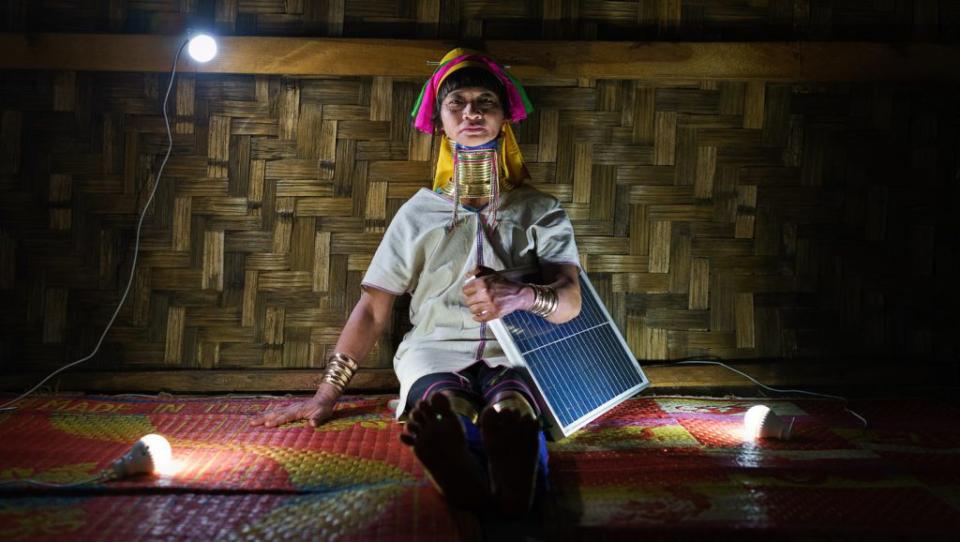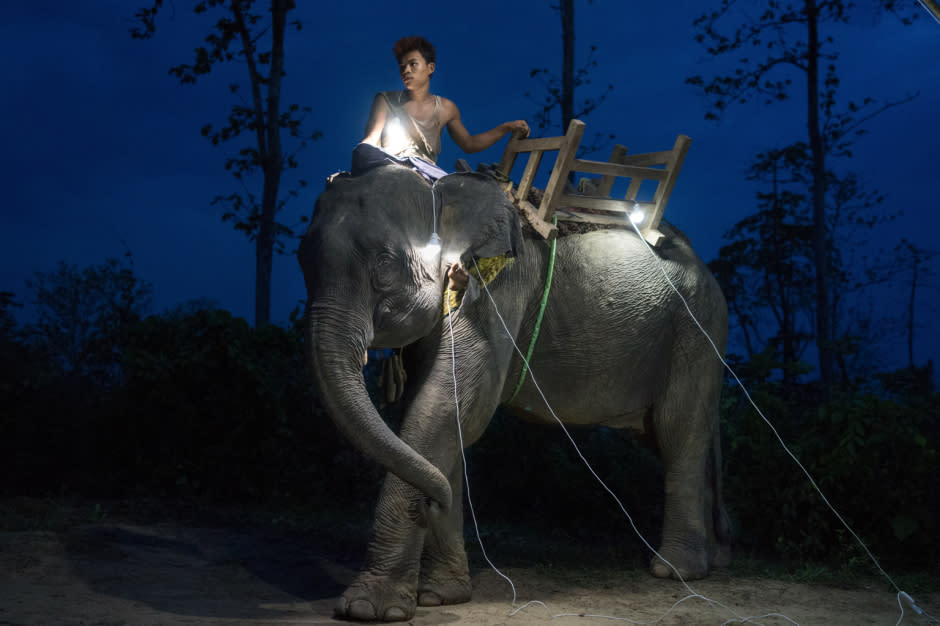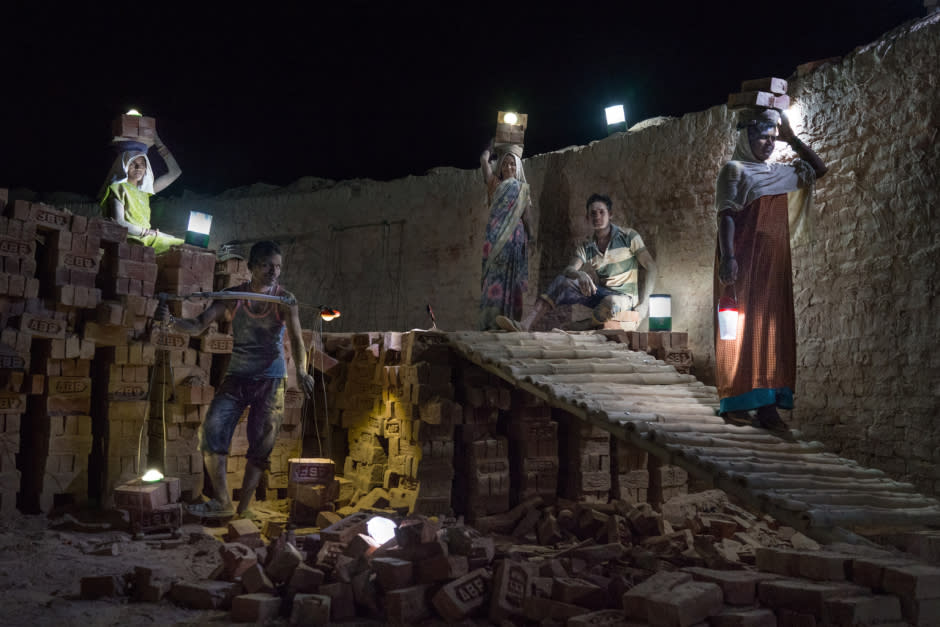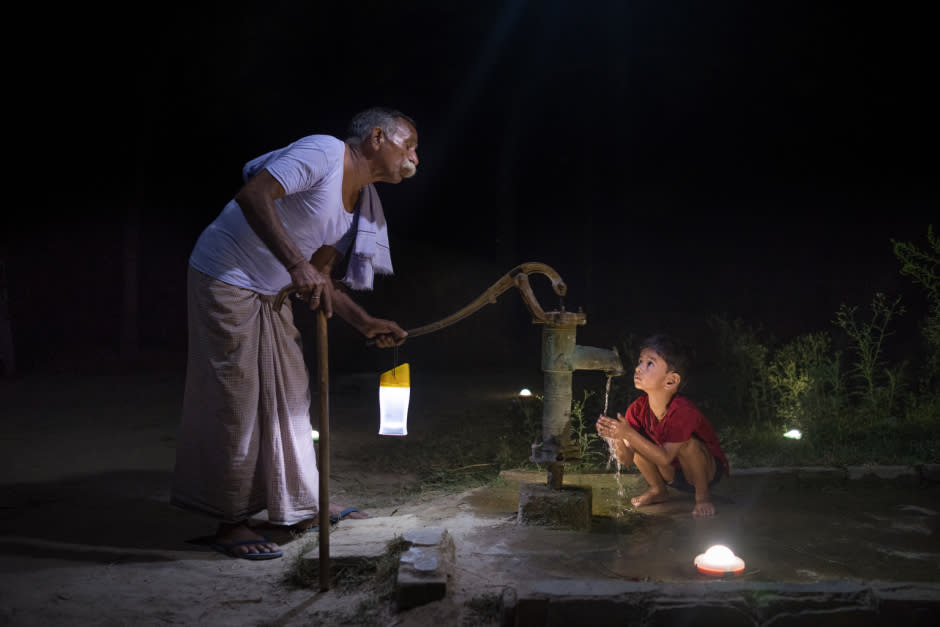Solar lights are transforming the night in rural Myanmar, Uganda and India

At least 1.3 billion people around the world are disconnected from the grid, without electricity for basic appliances like lights, fans and televisions. But with the help of small solar panels, life is starting to brighten for some.
In the stunning photo series “Solar Portraits,” Spanish photographer Rubén Salgado Escudero shows how solar-powered LEDs light up the night in rural areas around the world.
In 2013, Salgado was working in Myanmar as a photographer for a humanitarian organization. While he travelled around the country, he noticed one old woman in rural Shan state with a solar-powered LED—unusual for an area where villagers usually use candles—and asked to take her picture. The encounter inspired Salgado to take more portraits in other regions of Myanmar, India and Uganda, documenting the nocturnal lives of people for whom electricity means solar power, and using the same LED bulbs they used in daily life.

Too Lei, poses for a portrait on his elephant Ba Lei Shu at a logging camp in Bago Division, Myanmar.
Only about one-third of Myanmar’s population had access to electricity in 2015, according to the Myanmar Times. Lucky families obtain solar systems distributed by non-profits, or sold by social enterprises at prices varying between US$75 to $200, say Salgado. More rarely, small business owners have been able to rent or buy them through micro-financing programs.
But solar light is not a permanent solution. “Everybody knows these systems are not for forever, generally not lasting more than 3 to 5 years [in life span],” explains Salgado, whose series was honored as best portraiture in the 2015 Sony World Photography Awards. “It’s a patch or a bandaid, but we still need to have proper structures.” Last year, the government of Myanmar announced an ambitious national plan to bring 100% of its population on the power grid by 2030.

Mugerwa Lawrence in the small shop where he sells meat until 1am in Kalagala, Uganda.

Mg Ko, a 20-year-old farmer from Shan State, stands with his cow in Lui Pan Sone village in Kayah State, Myanmar.

Workers use solar lamps to collect newly baked bricks at night in Saipur, India.

Guru Deen Shukla, is a retired 75-year-old state government worker. He pumps water for his grandson outside of his home in Pevre Badhai, India.
Rubén Salgado Escudero’s photography can be found on his personal website and Instagram.

Sign up for the Quartz Daily Brief, our free daily newsletter with the world’s most important and interesting news.
More stories from Quartz:

 Yahoo Finance
Yahoo Finance 